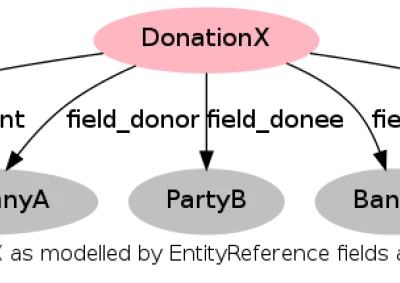Drupal is a powerful system under the hood and is capable of the most demanding content modelling needs. The best outcomes are achieved when the content model, as designed, works in with the structures and tools provided by the system.
Drupal is well known for its content modelling abilities. Ever since the days of the "Content Construction Kit" in Drupal 6, it has provided flexible and robust tools for modelling content. Where other CMS's of the time were limited to categories and Tags, Drupal had a rich set of entities and fields which allowed for rich content models to be conceived and readily built.
Since that time Drupal has gone on to strengthen its capabilities. Drupal 7 saw the evolution to the entity and field system in core which still forms the foundation for content modelling in Drupal 9. The real strength of Drupal is in its ability to model relationships and then expose these in multiple ways for faceting, filtering and navigating content.
The content modelling process
Content modelling in Drupal is not so different from data modelling in other systems. In the most general sense Content Types can be thought of as classes, Nodes can be treated as instances and the fields can be thought of as properties. Fields can be shared across classes and can also be thought of as an interface in many ways. Structures such as Paragraphs and Blocks are akin to compositional units which can be combined inside of other entities.
All of these aspects combine to form a content model. The content model supports the data which is required to drive the website.
Morpht has been building Drupal websites for a decade. Before that its co-founder was involved in the semantic web technologies and knowledge management fields. Content modelling is in the blood at Morpht and it is something we love to do. It forms part of the Information Architecture service we offer. We relish demanding projects which require careful consideration and an eye to the big picture.



